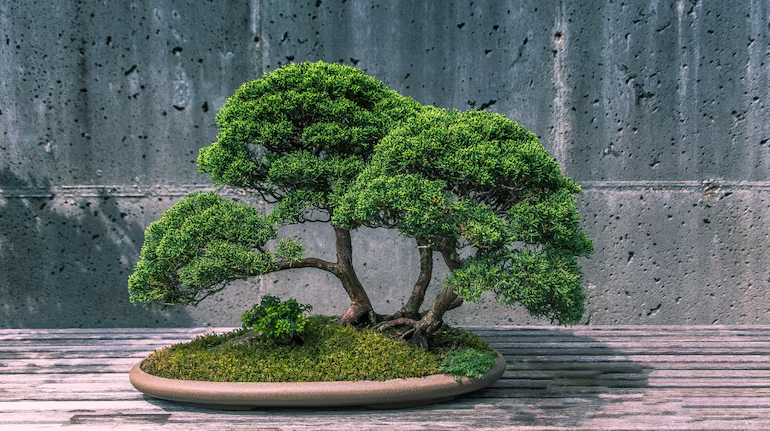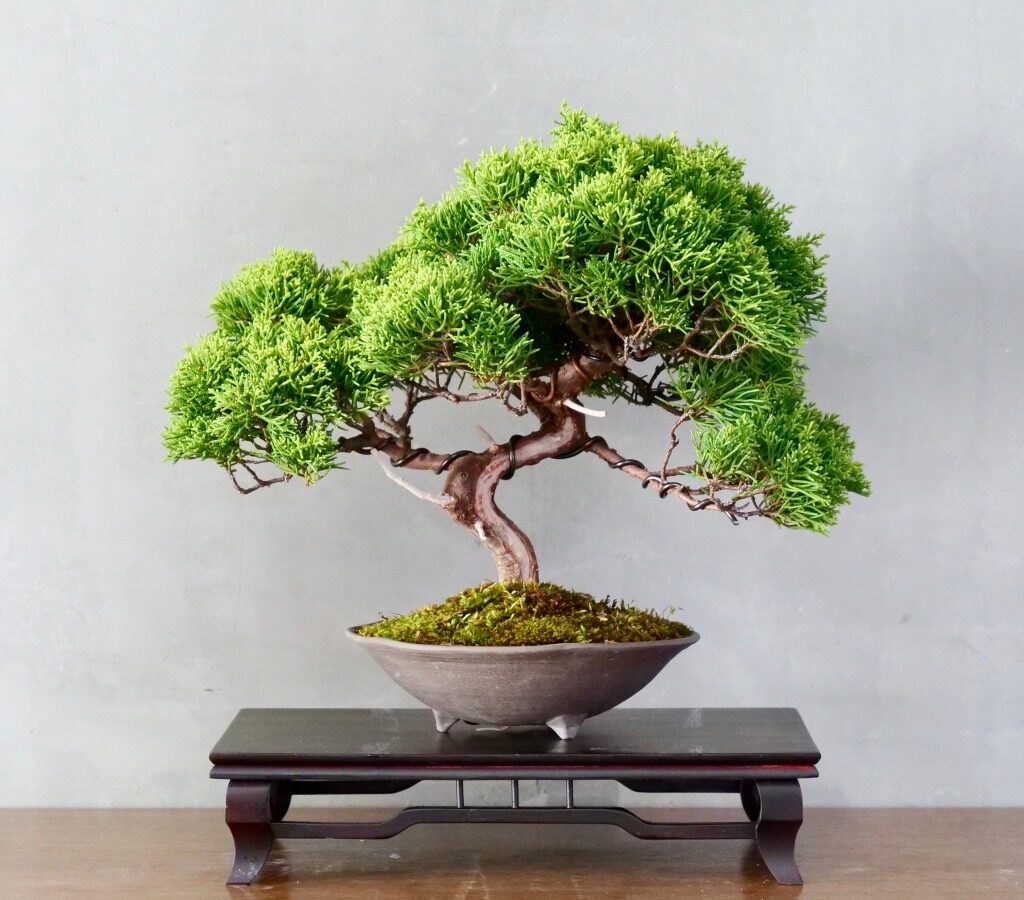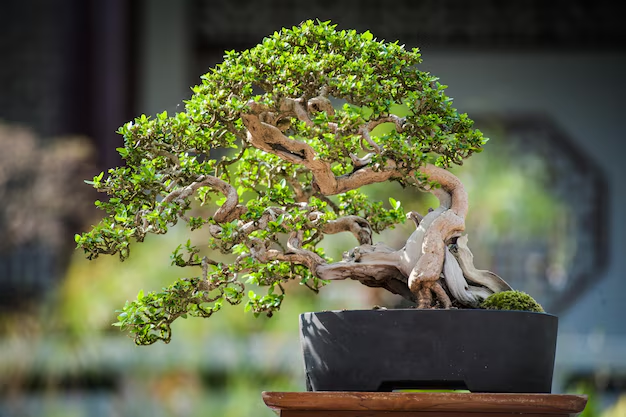Bonsai trees are miniature living artworks that embody centuries of tradition, patience, and artistry. Growing and caring for a bonsai is not just gardening; it’s a unique form of meditation and creative expression. However, bonsai trees require specific care to thrive and maintain their delicate beauty.
Whether you’re a beginner or an experienced bonsai grower, understanding the fundamental care techniques will help your bonsai flourish. Here are 10 essential tips to care for bonsai trees, with detailed insights to guide you on this rewarding journey.

1. Choose the Right Bonsai Species for Your Environment
Bonsai care starts with picking a tree species suited to your climate and living conditions. Some species thrive indoors, while others do best outdoors.
Indoor-friendly bonsai:
- Ficus
- Jade
- Chinese Elm
- Schefflera
Outdoor bonsai:
- Juniper
- Pine
- Maple
- Azalea
Tip: Research your species carefully. For example, tropical bonsai like ficus need warmer indoor conditions, while junipers require outdoor exposure to seasonal changes.

2. Understand the Importance of Proper Watering
Watering is the single most critical aspect of bonsai care. Unlike regular plants, bonsai trees have limited soil volume and dry out quickly.
Watering tips:
- Check soil moisture daily by touching the surface; water when it feels slightly dry.
- Use a fine spray or watering can with a narrow spout to avoid soil displacement.
- Water thoroughly until water drains from the bottom of the pot to ensure the entire root system is hydrated.
- Avoid overwatering, which can cause root rot. If soil remains soggy for days, reduce watering frequency.
The key is balancing moisture without letting the roots drown or dry out.

3. Provide Adequate Light
Like all plants, bonsai trees need sufficient light for photosynthesis, growth, and health.
Indoor bonsai:
- Place near a bright window with plenty of indirect sunlight.
- Consider supplemental grow lights if natural light is insufficient, especially during winter.
Outdoor bonsai:
- Most outdoor bonsai prefer full sun or partial shade, depending on species.
- Avoid harsh afternoon sun in hot climates, which can scorch leaves.
Rotate your bonsai regularly to ensure even light exposure and balanced growth.

4. Use Proper Bonsai Soil Mix
Bonsai soil is a critical factor that affects water retention, aeration, and nutrient supply.
Ideal bonsai soil characteristics:
- Well-draining to prevent waterlogging.
- Retains enough moisture for roots.
- Provides adequate aeration for oxygen flow.
A typical bonsai soil mix combines three components:
- Akadama: a volcanic clay granule that retains moisture and nutrients.
- Pumice: volcanic rock that aids drainage and aeration.
- Lava rock: adds drainage and prevents soil compaction.
Avoid regular garden soil, which is usually too dense and retains excess moisture.

5. Fertilize Regularly, But Moderately
Since bonsai trees grow in small soil volumes, nutrients deplete quickly. Fertilizing regularly keeps your bonsai healthy and supports growth.
Fertilizing tips:
- Use balanced fertilizers (N-P-K ratios like 10-10-10) during the growing season (spring and summer).
- Switch to a fertilizer with less nitrogen in autumn to prepare for dormancy.
- Reduce or stop fertilizing during winter for deciduous species.
Organic options like fish emulsion or seaweed extract are gentle and effective.

6. Prune and Shape with Care
Pruning is essential in bonsai care to maintain the desired shape, promote new growth, and control size.
Pruning guidelines:
- Regularly pinch back new shoots to encourage branching and fullness.
- Remove dead, diseased, or overly long branches.
- Use sharp, clean bonsai scissors or shears for precise cuts.
Shaping may also involve wiring branches to guide their growth direction. Wrap wire carefully and monitor regularly to avoid scarring or damage.
7. Repot Every 2-3 Years
Bonsai trees outgrow their pots, and soil degrades over time. Repotting refreshes the soil and encourages healthy root growth.
Repotting tips:
- Best done in early spring before new growth starts.
- Gently remove the tree from its pot and prune roots carefully to prevent root crowding.
- Replace with fresh bonsai soil mix.
- Choose a pot size appropriate for the tree’s size, typically just slightly bigger than the root ball.
Repotting also allows inspection for pests or diseases.
8. Protect From Pests and Diseases
Bonsai trees can be vulnerable to pests like aphids, spider mites, scale insects, and fungal infections.
Prevention and treatment:
- Inspect your tree regularly, especially the undersides of leaves and soil surface.
- Remove pests manually when possible.
- Use insecticidal soap or neem oil sprays for infestations.
- Maintain good air circulation around your bonsai to prevent fungal diseases.
Early detection is key to preventing serious damage.
9. Provide Seasonal Care
Different seasons bring different challenges and needs for bonsai.
Spring:
- Active growth phase; increase watering and fertilizing.
- Prune to shape new growth.
- Repot if necessary.
Summer:
- Monitor watering carefully; soil can dry quickly.
- Provide some shade in very hot climates.
Autumn:
- Gradually reduce watering and fertilizing.
- Prepare for dormancy by protecting from strong winds or early frost.
Winter:
- For outdoor bonsai, protect from freezing temperatures by moving to sheltered locations or using mulch.
- Indoor bonsai may need cooler conditions and less watering.
10. Practice Patience and Observation
Caring for bonsai is an art that requires patience, mindfulness, and attention to detail. Each tree is unique, and you’ll learn its needs through observation.
Tips for mindfulness:
- Spend time daily observing your bonsai’s growth, leaf color, and soil moisture.
- Keep a journal to track watering, fertilizing, pruning, and any changes.
- Accept that bonsai care is a long-term commitment, with slow but rewarding progress.
Enjoy the meditative process and the evolving beauty of your miniature tree.
Conclusion
Bonsai trees bring tranquility and artistic beauty into your home or garden, but they need thoughtful care to thrive. By selecting the right species, mastering watering, providing appropriate light and nutrients, pruning carefully, and being attentive to seasonal changes and pests, you can enjoy a healthy and stunning bonsai for years to come.
Remember, bonsai cultivation is as much about patience and connection with nature as it is about technique. With time and love, your bonsai tree will become a living testament to your dedication and artistry.





